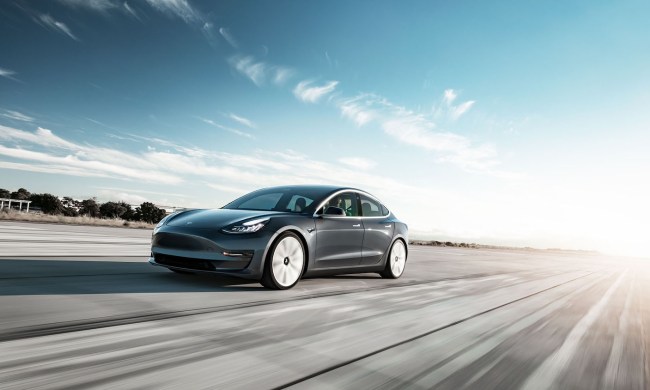The IMX390CQV is a 2.45-megapixel camera designed specifically for driving. The minimal megapixel design allows each pixel to gather more light, which means the sensor can perform in as low as 0.1 lux, which is about equal to moonlight. The sensor, which measures 1/2.7 inches, also adjusts the circuitry for enhanced light sensitivity, providing a 1.5 times boost in low-light visibility compared to other automotive cameras.
The sensor is also the first that can shoot high dynamic range while simultaneously mitigating or reducing the flicker from LED light. The HDR capability allows the camera to see more details in the highlights and shadows, improving the accuracy of the camera when driving through a tunnel, for example.
With many lights from streetlights to headlights and brake lights using LEDs, the flicker reduction capabilities allow the camera to more precisely recognize objects in the environment, Sony says. LED lights flash at very fast rates, which means if the camera’s timing records in between one of those flashes, those lights will appear to be off. To solve the problem, Sony increased the exposure time so each frame records long enough to miss the blinks.
Sony says the camera is ready to be used at the front of the car for advanced driver assistance systems as well as camera monitoring systems designed to recognize obstacles. The sensor will be available for sampling next month, while it is expected to enter automotive production as early as March 2018.
Recent studies suggest that automotive uses will drive the struggling camera industry forward, indicating future vehicles will have at least three cameras, giving companies manufacturing their own sensors, including Sony, another avenue for profitability.



